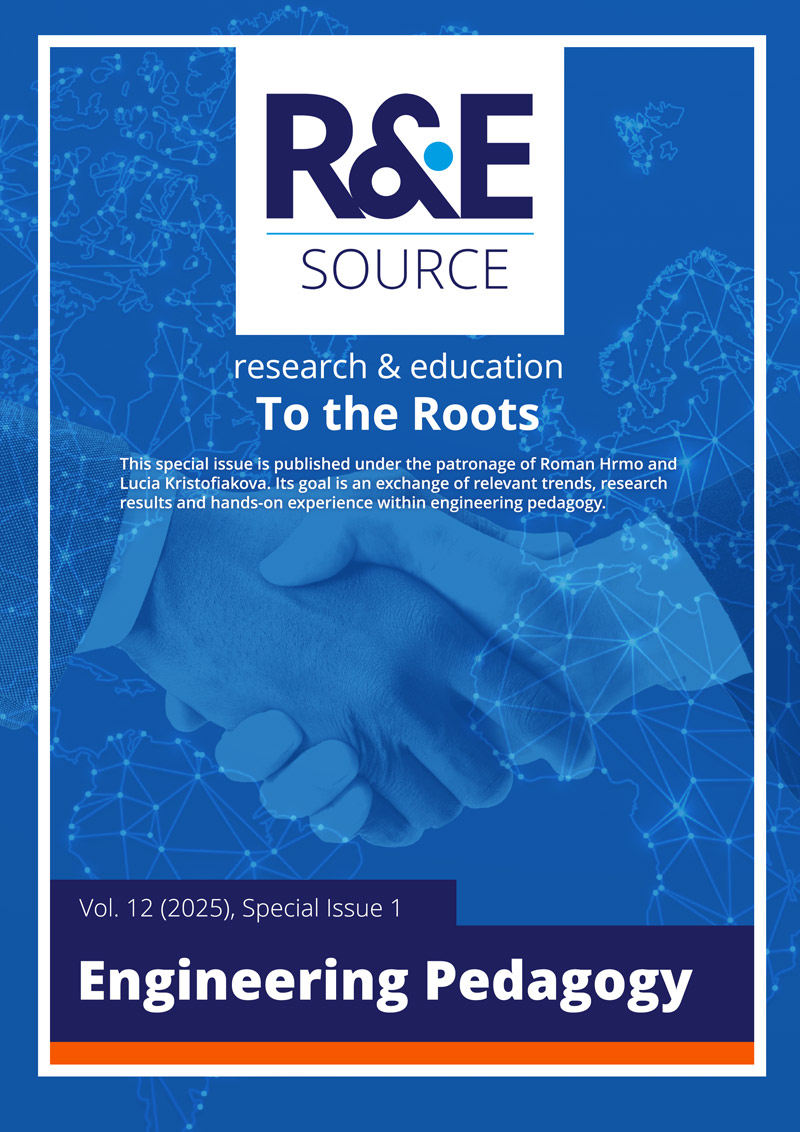Abstract
Computer vision methods based on machine and deep learning are extensively used in information security for data protection and user authentication. Key applications include biometric authentication (face, iris, fingerprint recognition), which enhances security compared to traditional methods, and real-time video surveillance to detect suspicious behaviour and cyber threats like deepfakes and hacking attempts. Ensuring confidentiality also requires encryption at all processing stages. In the context of teaching computer science, particularly in areas related to cybersecurity and cyber-attacks this research serves as a valuable didactic method. By incorporating real-world applications of computer vision into education, instructors can enhance security measures to protect sensitive data. Through practical experiments, students gain hands-on experience with biometric technologies, deepening their understanding.
This article examines modern computer vision methods for information security, focusing on facial recognition and anti-spoofing in student registration portals, with an emphasis on data protection. Experimental work with students from L.N. Gumilyev Eurasian National University and Almaty University of Technology compared facial recognition to traditional password-based registration. Results demonstrated over 95% accuracy in facial recognition with anti-spoofing, significantly reducing unauthorized access attempts and strengthening data security. These findings indicate that this technology streamlines registration, provides enhanced security, and reduces the risks associated with manual or password-based systems on educational platforms.

Dieses Werk steht unter der Lizenz Creative Commons Namensnennung - Nicht-kommerziell - Keine Bearbeitungen 4.0 International.
Copyright (c) 2025 Jaroslav Kultan, Serik Meruyert, Tleumagambetova Danara, Duisegaliyeva Nassipzhan

